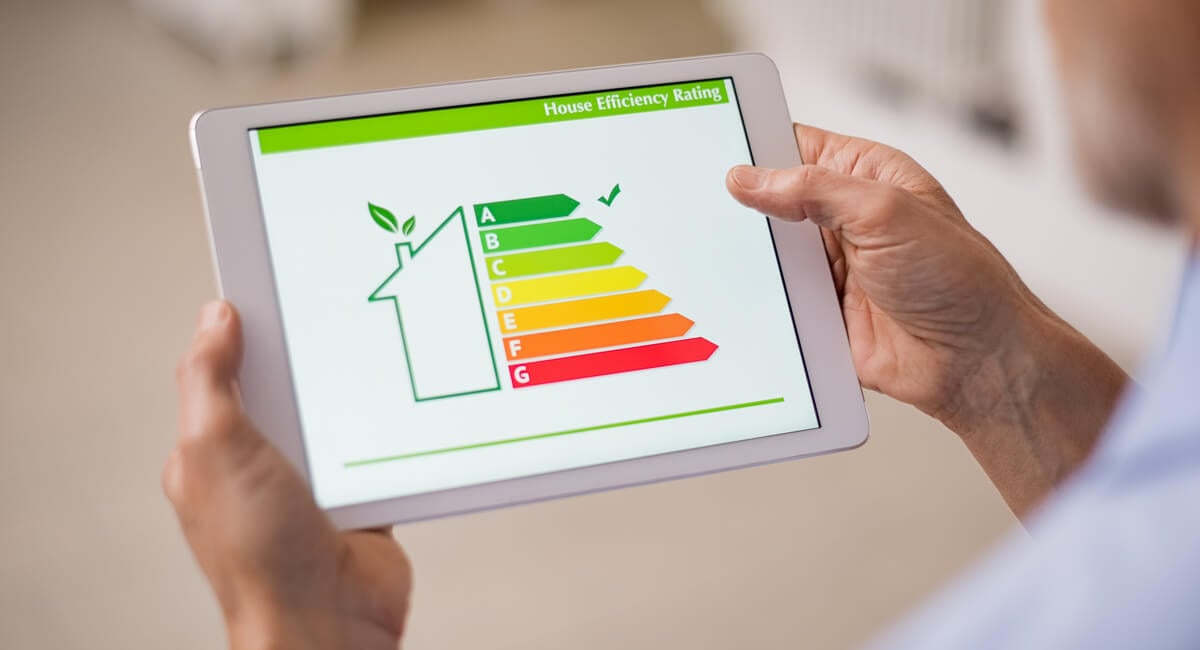

IMPROVING ENERGY EFFICIENCY IN OLDER HOMES
If you own an old home, you might feel frustrated with high utility bills due to inefficient systems and appliances. Although old homes have a lot of charm, they also lack many of the features that make newer homes more efficient. Fortunately, there are plenty of upgrades you can make to your house
Read More

REAL ESTATE ESCALATION CLAUSE
Getting outbid on an offer is one of the most frustrating experiences for buyers. You don’t want to make a ridiculously high offer right away, but you also don’t want to be turned down as soon as a better offer comes along. If you’re struggling to make competitive offers in a hot real estate market,
Read More

SINKING FUNDS: WHY DO YOU NEED THEM
Budgeting is at the foundation of your financial success, but it can feel difficult to keep an organized budget when large expenses come up. You might have plenty of extra money one month but be faced with an expensive car repair or medical bill the next. If you’re struggling to manage the large, ir
Read More
OPEN MIND
When we keep an open mind, it opens us up to being able to see things differently than the way they are. Creative solutions for clients are discovered in this space.
OPEN HEART
When we open our hearts, we invoke compassion for others. This helps us listen better to what core motivations may be for someone.
OPEN DOORS
When we combine these aspects, we find the “Keys” to open doors for our client’s real estate needs and make their dreams of home ownership and financial growth a possibility.
![]()

